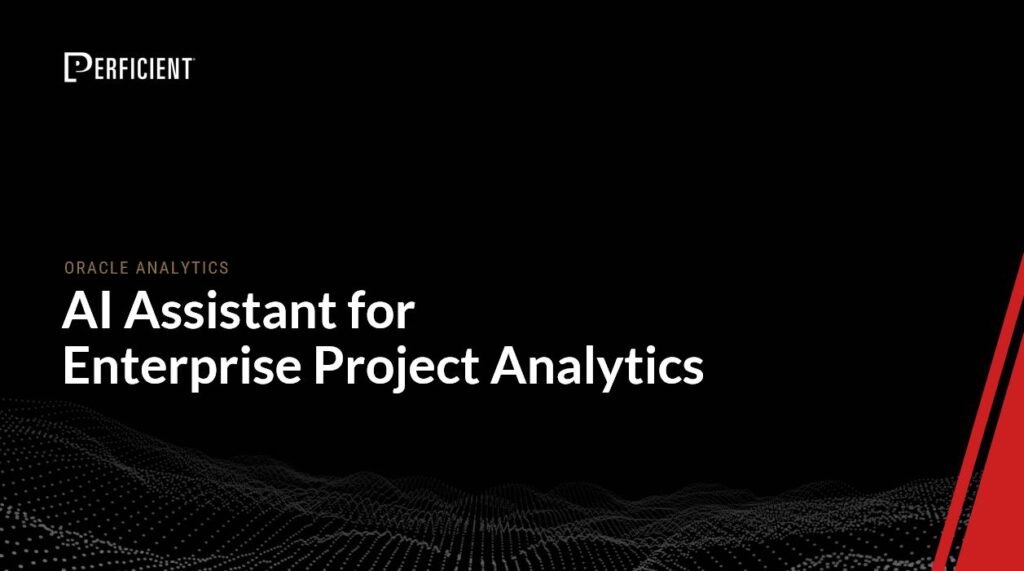What problems and challenges are we facing today?
As an enterprise doing business in today’s dynamic and competitive global market, we are facing a multitude of challenges and opportunities:
GRC, legal mandates, and regulatory compliance
Cyber security breaching concerns
Never-ending competitive products & services released into the market
New disrupted technology emerging constantly
Continuous customer/employee journey & experience improvement
Process optimization/automation, cost reduction, and customer/employee satisfaction
New products, services, and brands development and launching
Long and short terms corporate strategies and goals setting
Portfolio mgmt. for new initiatives/changes & operational excellence to run the business as usual
Business Continuity and Disaster Recovery considerations
The list can go on and on… Only those who have an agile and the right mindset can adapt, survive, and thrive. Enterprise Portfolio/Value Management (EPMO / EVMO), Enterprise Architecture (EA), and Design Thinking (among others) should work together to tackle complex, and interdependent problems.
Often, the scope of problems expands across multiple lines of businesses (LOBs), and we need to work together (as One Trusted Team) across LOBs within the enterprise and among extended enterprise to the vendors, suppliers, and partners.
What is Enterprise Architecture and why?
EA provides many benefits to the organization, including:
Providing a shared vision by standardizing practices, and processes
Aligning investments and resources to the company and LOB’s strategy
Better compliance with regulations
Improving collaboration between business & IT, and LOBs
Reducing IT complexity and costs by removing redundancies among organizational silos
Ensure system interoperability, build organizational agility & resilience
According to Gartner, EA is a discipline for proactively and holistically leading enterprise responses to disruptive forces by identifying and analyzing the execution of change toward desired business vision and outcomes. EA delivers value by presenting business and IT leaders with recommendations for adjusting policies and projects to achieve targeted business outcomes that capitalize on relevant business disruptions.
There are multiple EA domains depending on the chosen framework(s), including:
Business Domain: describes the company / LOB’s strategies, services, organization, business processes, and capabilities required to deliver the services.
Reporting & Analytics Domain: reporting and dashboards for enterprise governance, interactive, and drill-down capabilities are desired.
Information / Data Domain (including Data Governance): defines the enterprise’s information requirements and data model and helps ensure data is managed to support business needs.
Omni-channel / Interface Domain: Web, Mobile, Phone, Email, SMS, Chatbot, IM, and social media can be deployed for better customer journey & experience (CX).
System / Application Domain: defining the enterprise’s system/application portfolio, integration, and how these IT assets support the processes and services delivered.
Technical Infrastructure Domain: identifying the technology platform instances (SW & HW) that support the applications and data and deployment – Dev, QA, Prod, etc.
Security & Privacy Domain: Identity management, authentication & authorization, Confidentiality, Integrity, & Availability (CIA), PII, and PHI.
Integration & Interoperability Domain: Any integration with internal or external systems, real-time, batch or scheduled, etc.
What is Project Portfolio Management and Why?
If done correctly, we can unleash our creativity and achieve “do the right things right” by leveraging innovation/ideation, demand/proposal, project/program, and portfolio management. The components include:
Innovation Management: Manage the innovation lifecycle, encouraging ideation, and streamlining innovation processes to drive competitive advantage by quickly identifying and pursuing the most promising ideas.
Demand / Proposal Management: Manage and prioritize business demands by capturing, analyzing, and prioritizing requests based on their strategic value and resources. The platform facilitates collaboration and data-driven decision-making to improve efficiency and reduce costs.
Project / Program Management: Manage projects and programs throughout the entire lifecycle using a structured approach to planning, resource allocation, budgeting, scheduling, and risk management. The platform facilitates collaboration and monitoring of progress and performance to improve efficiency and customer satisfaction.
Portfolio Management: Manage portfolios of projects, programs, and demands. It provides a structured approach including planning, prioritization, resource allocation, and performance monitoring. The capability helps organizations make informed decisions, and deliver value to customers while maximizing return on investment.
Design Thinking Process Overview
Design thinking is a user-centered problem-solving approach emphasizing empathy, collaboration, creativity, and iteration. It involves defining the problem, understanding user needs, generating ideas and prototypes, and refining the solution based on feedback. It consists of the following stages:
Empathize: understand the users and their needs by conducting research, observations, interviews, and surveys. The goal is to gain insights into the users’ journeys, experiences, challenges, and desires.
Define: analyze the information gathered to define the core problem or challenge. This involves synthesizing the research findings, identifying patterns, and reframing the business problem and desired outcomes in a human-centered way.
Ideate: generate a wide range of creative ideas and potential solutions. It encourages brainstorming, thinking outside the box, and considering diverse perspectives. Various ideation techniques such as mind mapping and sketching can be used to stimulate innovative thinking.
Prototype: create low-fidelity prototypes of the ideas, which can be physical models, digital simulations, storyboards, or any other form that helps convey the concepts. Prototypes are used to gather feedback, test assumptions, and refine the ideas before moving forward.
Test: test the prototypes with users to gather feedback, understand how they interact with the prototypes, identify improvement areas, and validate the solutions against the requirements. The insights gathered to inform further iterations and refinements.
Iterate: repeat the previous stages based on the insights gained from testing. The iterations refine the design, address any identified shortcomings, and drive continuous improvement.
Perficient + ServiceNow
We are a top-tier digital transformation consulting firm with extensive experience in automation platforms and process implementation. As a ServiceNow Premier Partner, we utilize the Global Solution Framework to provide value-added services to our client’s most significant business challenges. Our industry expertise spans healthcare modernization to financial services transformation, and our global team of experts is highly proficient in ServiceNow’s enterprise capabilities, providing advantages to HR, CSM, PMO, IT, and other operational teams within businesses.
To learn more about Perficient’s ServiceNow expertise, subscribe to Perficient’s blog, and follow us on LinkedIn.





Leave A Comment